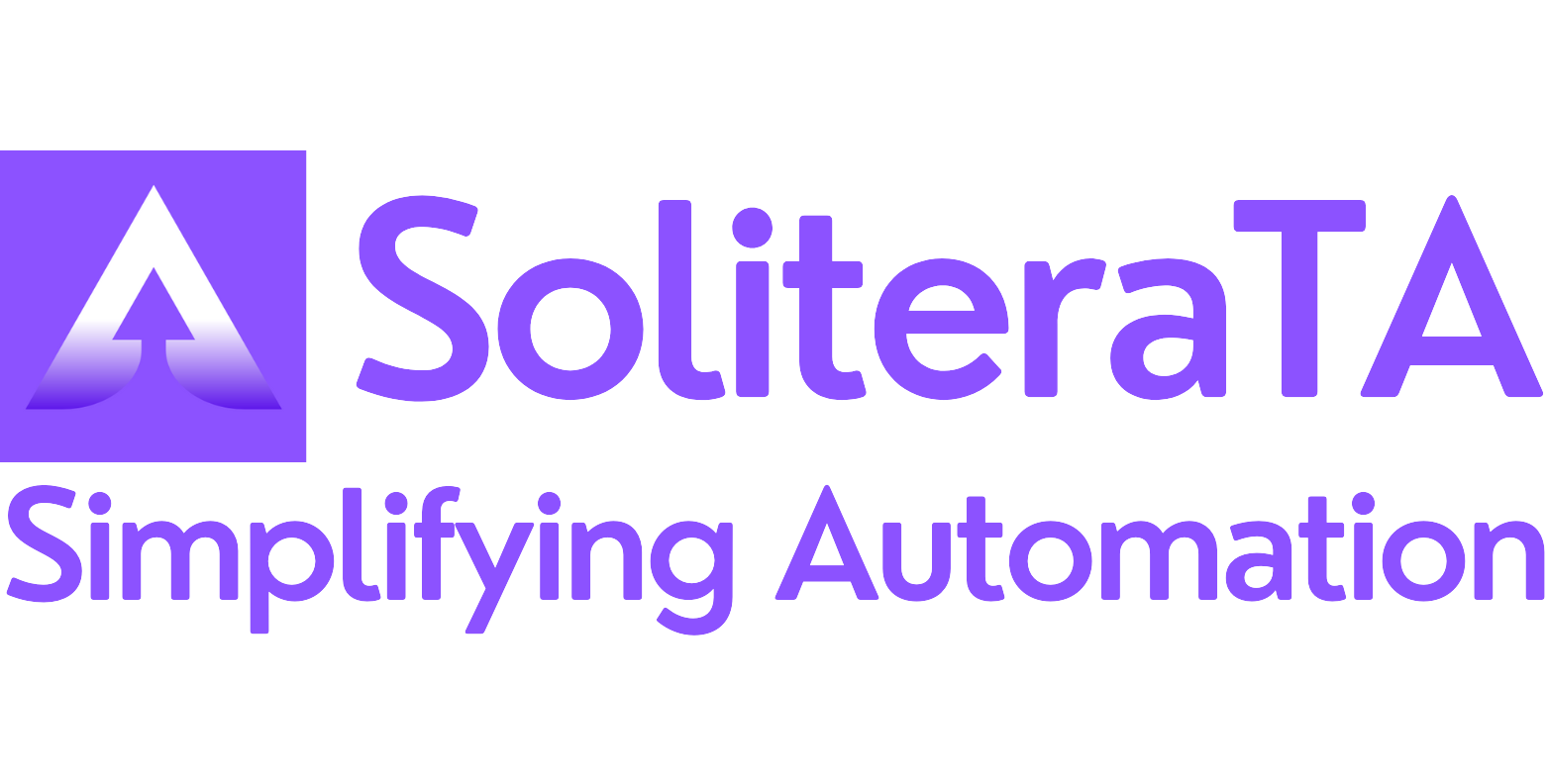close the desktop application
Desktop step-Definition close the desktop application Keyword Given, When, And, Then Description Will close the current window of desktop application under test. Declaration Code Element Application Test Data Then close the desktop application NILL NILL NILL Remarks Make sure there are no unsaved changes that could be lost during the application closure. This step closes the desktop application. Restriction The desktop application must be open Table of contents Keyword Description Declaration Remarks Restriction
close the desktop application Read More »
